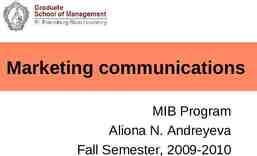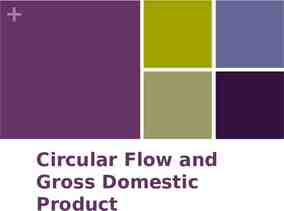STACK’EM HIGH STACKABLE CERTIFICATES Brandi Asmus, Woodland Community
25 Slides2.26 MB

STACK’EM HIGH STACKABLE CERTIFICATES Brandi Asmus, Woodland Community College Dianna Chiabotti, Napa Valley College Conan McKay, ASCCC Area B Representative

The Rules . Title 5, §55070 Credit Certificates 18 units or more, CO approval Transcripted (**16) 12-17 units, may be submitted Transcripted to CO (**8) 12-17 units established locally Not transcripted 12 units established locally Not transcripted

The Rules . Title 5, §55070 Credit Certificates 18 units or more, CO approval (**16) , d ve o r p Transcripted f ap ed o l O C cal ate nt f I c e fi i m rt ve e C hie Transcripted Ac 12-17 units, may be submitted to CO (**8) d: e l l a c e b f T 12-17 units established locally Not transcripted O N te o 12 units established locally CAN rtifica ent, m Ce e v or e , i y h c Ac transcripted ten on e Not p Com mpleti Co

Background 54% of all jobs in the U.S. require more than a high-school diploma, but LESS THAN a bachelor’s degree. – *Only 45% of working-age population (2012, National Skills Coalition) Bachelor’s degree holders will continue to need short-term training as technology evolves Earnings – 27% of individuals with post-secondary licenses or certificates EARN MORE than the average bachelor’s degree recipient. (Pathways to Prosperity: Meeting the challenge of preparing Young Americans for the 21st Century)

Data: Launchboard & CTE Outcomes Survey Completers Transfers Skills-Builders https://www.calpassplus.org/LaunchBoard/Home.aspx

So, Why Stack?

Stackable Certificates Can be one or more courses (local vs. transcripted) Align curriculum to workforce needs Provide Employability Skills Align with external certifications and/or licensure

Stackable Certificates Design is INTENTIONAL – Gaps in current curriculum (program review) – Gaps in data (CTE Outcome Survey, Launchboard, Scorecard) – Employer need (lack of low to mid-entry talent) – Industry change

Where to Start? Instructional Faculty Advisory Committee Industry / Employers DSN, SN Other?

Where to Start? Q & A Occupation-specific labor pool needs Gaps in technical and employability skills Current industry challenges and operational obstacles Projected changes to the industry that will impact curriculum Partnership opportunities, including work-based learning experiences Industry certifications most valued in and/or required of job applicants

Think -- Building Blocks Occupation (Specific to job) Occupation Occupation Occupation (Specific to job) (Specific to job) (Specific to job) INDUSTRY RELATED INDUSTRY RELATED (apply to a particular industry pathway) (apply to a particular industry pathway) FOUNDATIONAL SKILLS (may apply to many careers; skills can apply to work and/or future schooling)

. . . with Specialty Blocks specializatio n specializatio n specializatio n Occupation (Specific to job) Occupation (Specific to job) INDUSTRY RELATED (apply to a particular industry pathway) specializati on specializatio n specializatio n specializatio n Occupation Occupation (Specific to job) (Specific to job) INDUSTRY RELATED (apply to a particular industry pathway) FOUNDATIONAL SKILLS (may apply to many careers; skills can apply to work and/or future schooling)

. . . With Work Force / Industry S S S S Occ. Occ. S S Occ. Occ. S INDUSTRY RELATED INDUSTRY RELATED FOUNDATIONAL SKILLS

And transfer options .

How high?

Examples Health – LA Mission College Horticulture – Statewide (Mapping Upward) Manufacturing Technology – Harper College

LA Mission College - Health

Horticulture

Harper College

Other Considerations . Scheduling courses to accommodate working students Offering courses online Awarding credit for prior learning Making college affordable Assisting students with individualized pathways Evaluate every year!

Stackable Certificates . . . Prepare students for Can increase Reflected in

“Sequence of credentials that can be accumulated over time to build up an individuals’ qualifications and help them move along a career path or up a career ladder to different higher-paying jobs” U.S. Department of Labor

Questions Brandi Asmus, Woodland Community College [email protected] Dianna Chiabotti, Napa Valley College [email protected] Conan McKay, ASCCC Area B Representative [email protected]

References Center for Occupational Research and Development, for CCC-CTE Stackable Certificates Initiative; US Department of Education Stackable Credentials Toolkit (April 2018) Community College Research Center, Columbia University. Stackable Credentials, Awards for the Future (May 2017)







